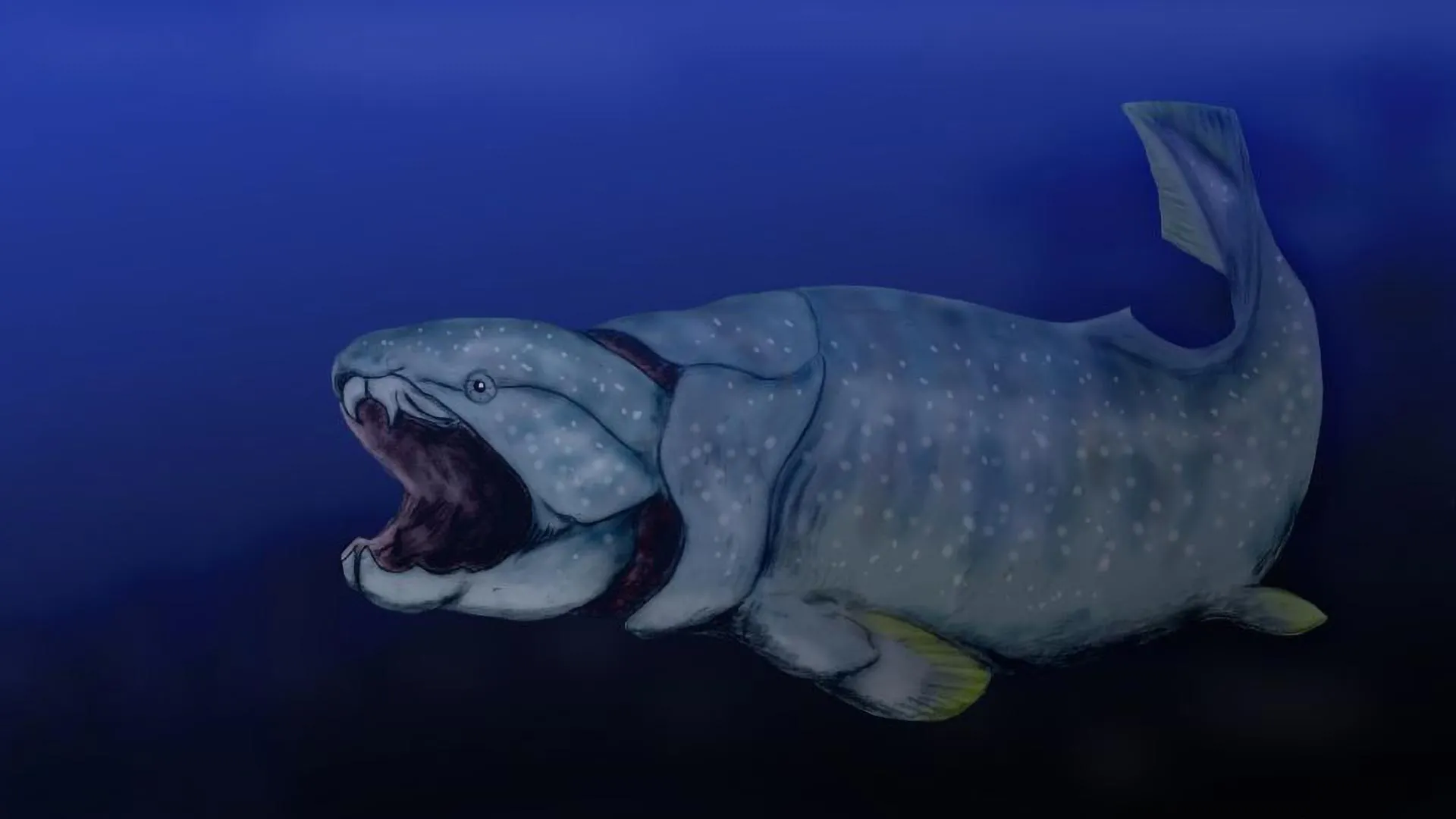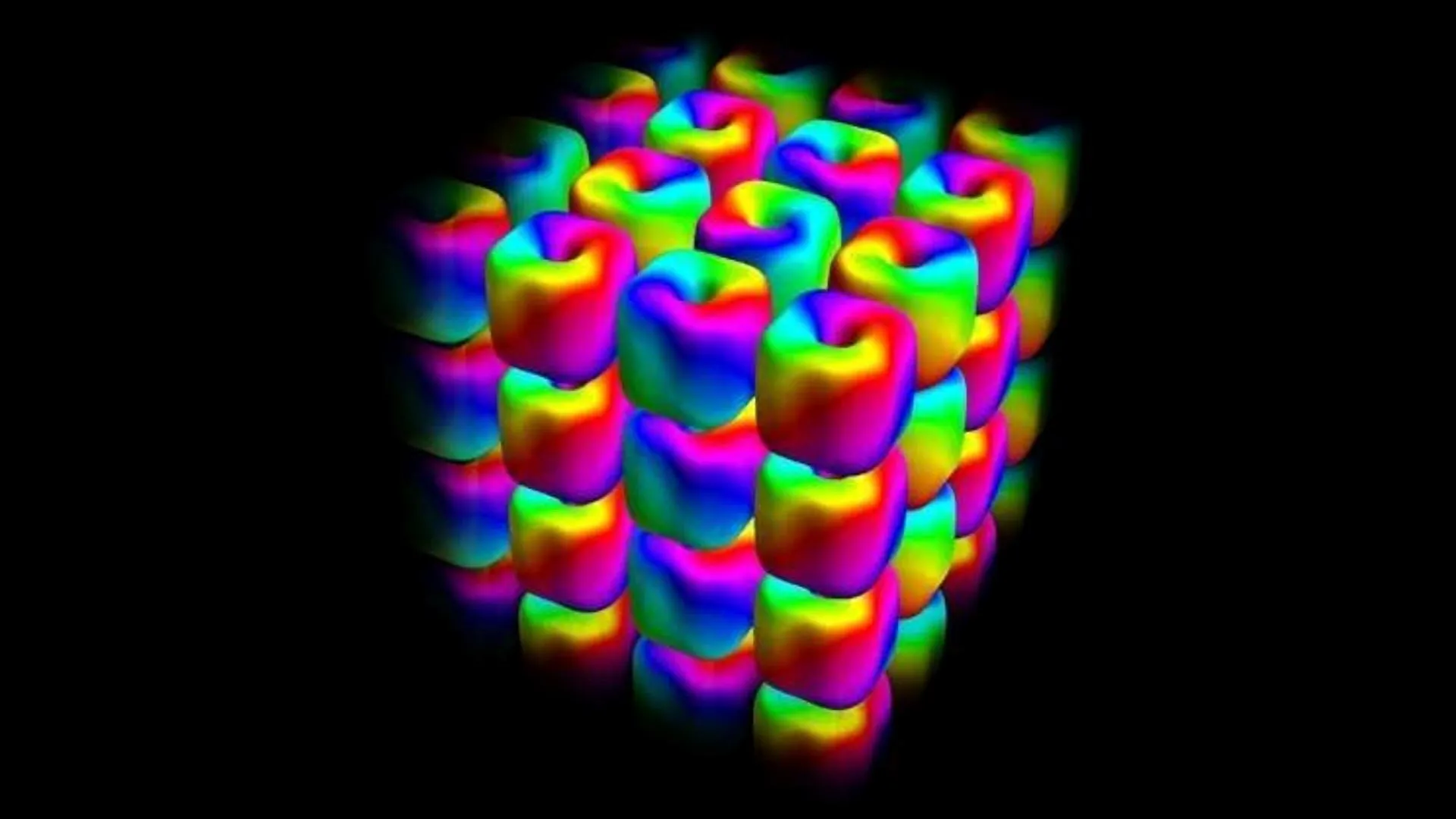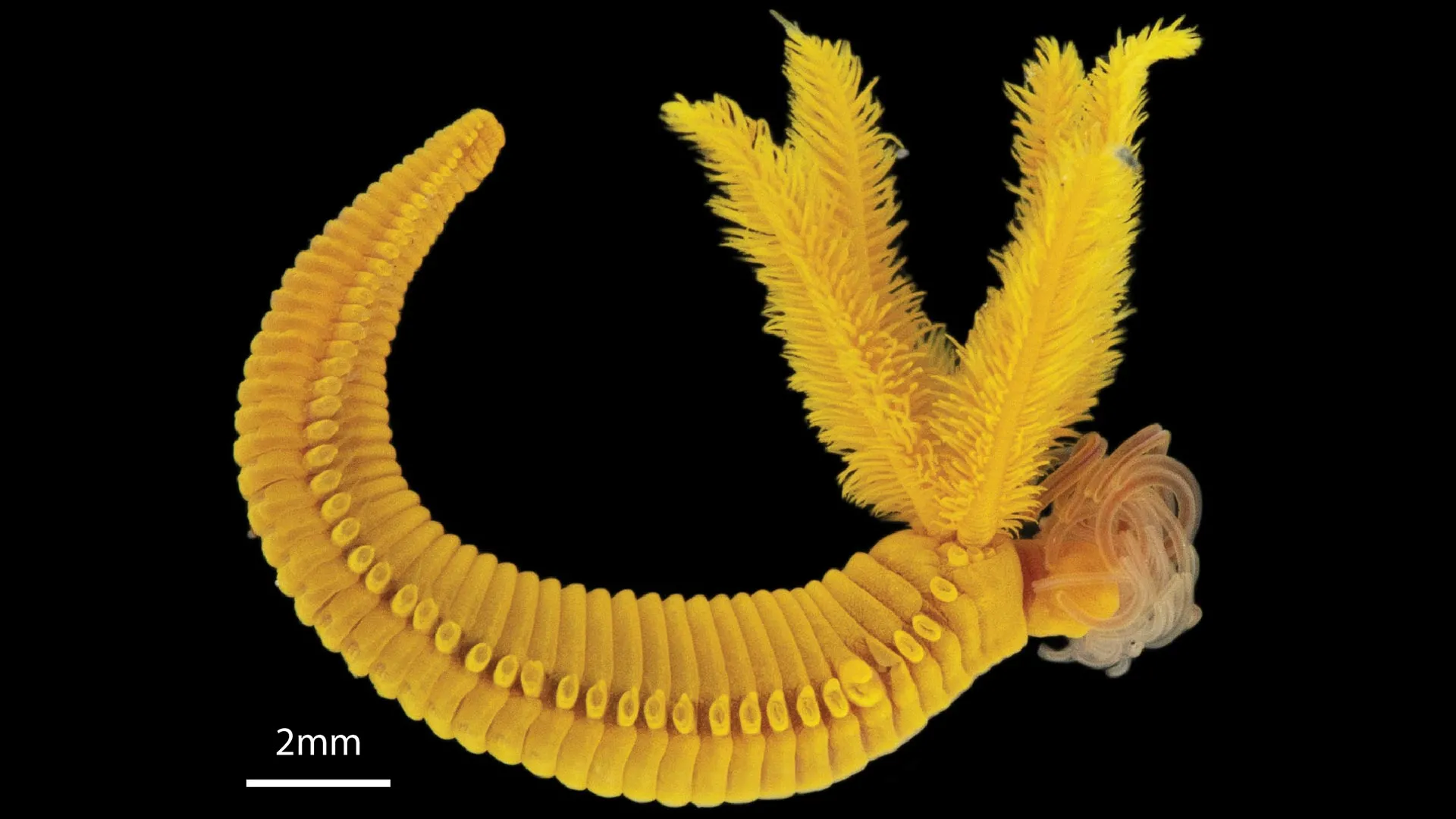Now Reading: Oxygen Surge That Transformed Oceanic Life Forever
-
01
Oxygen Surge That Transformed Oceanic Life Forever
Oxygen Surge That Transformed Oceanic Life Forever

quick Summary
- Research shows marine animals began colonizing deeper ocean habitats 390 million years ago due to a permanent increase in deep-ocean oxygen.
- This oxygen surge was tied to the proliferation of woody plants aboveground, precursors to earth’s first forests.
- The Middle Devonian (393-382 million years ago) saw unprecedented diversification among jawed fish and other species as deeper waters became livable, supported by fossil evidence analyzed via selenium isotope ratios in sedimentary rocks.
- The first temporary oxygenation event occurred around 540 million years ago during the Cambrian period but did not sustain deeper marine life long-term.
- Contemporary implications stress current risks posed by localized seawater deoxygenation due to human activities like fertilizer runoff.
Indian Opinion Analysis
This study underscores the intricate connection between terrestrial plant growth and oceanic evolution over geological time. For India, a nation with vast agricultural dependence, it highlights the potential ecological impacts of land management practices. Nutrient runoff from farming poses risks akin to prehistoric deoxygenation events that hindered marine life diversification. India’s policymakers shoudl continue integrating sustainable agricultural methods and coastal conservation efforts into environmental strategies. Beyond preserving biodiversity,there is an implicit reminder about balancing terrestrial advancement with marine health-a balance struck in nature millions of years ago but precariously vulnerable today.























